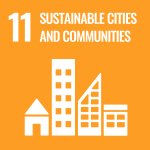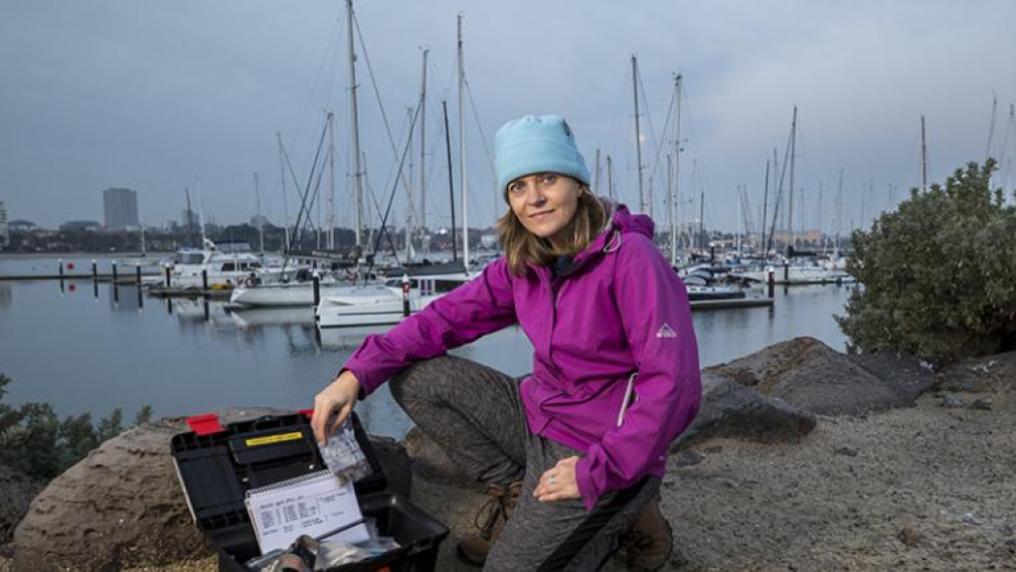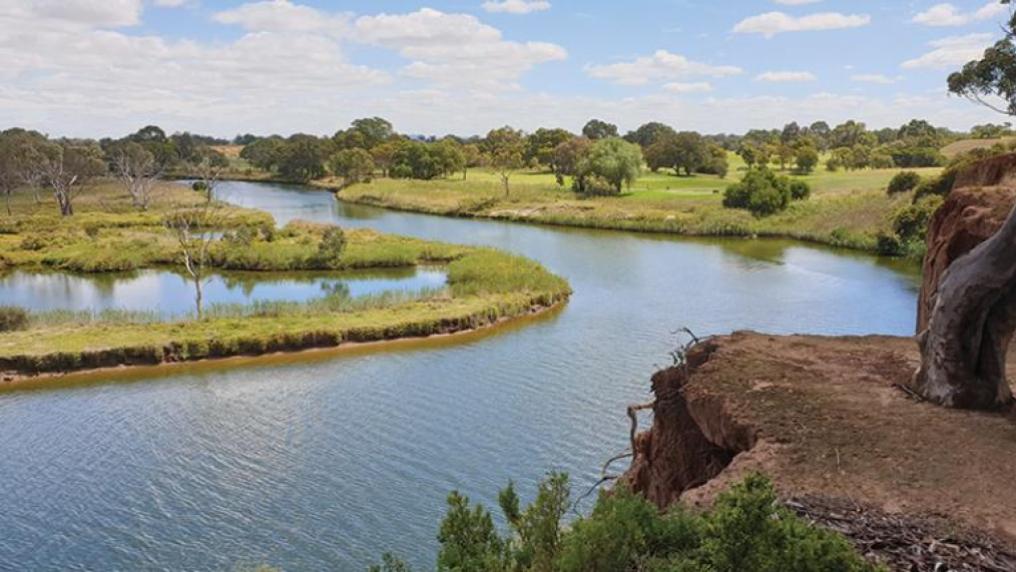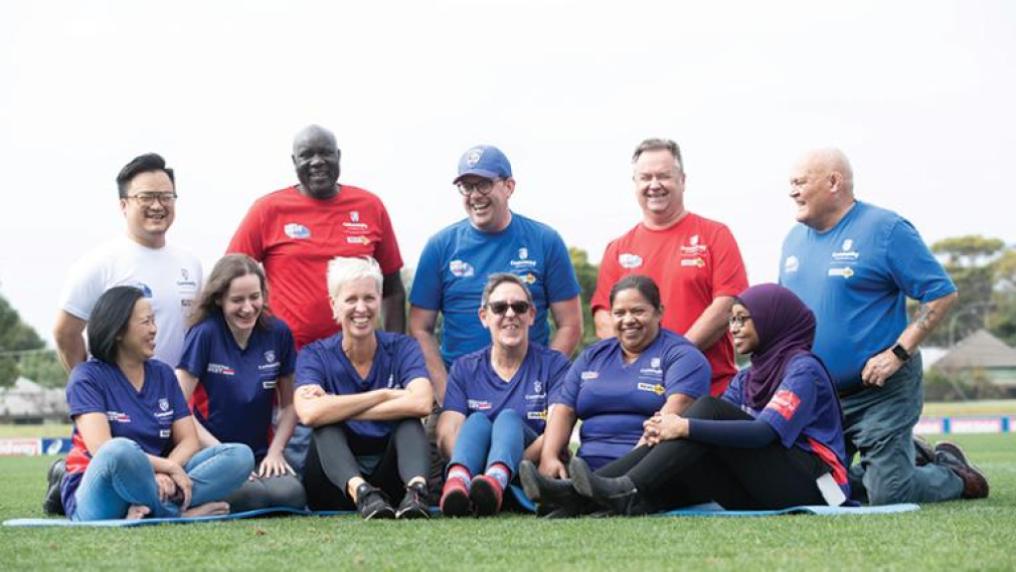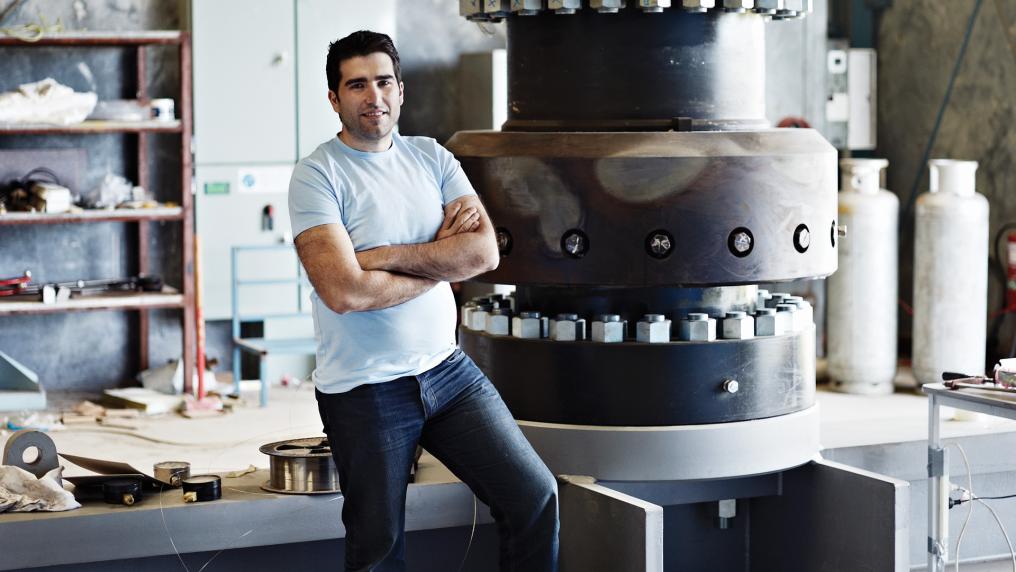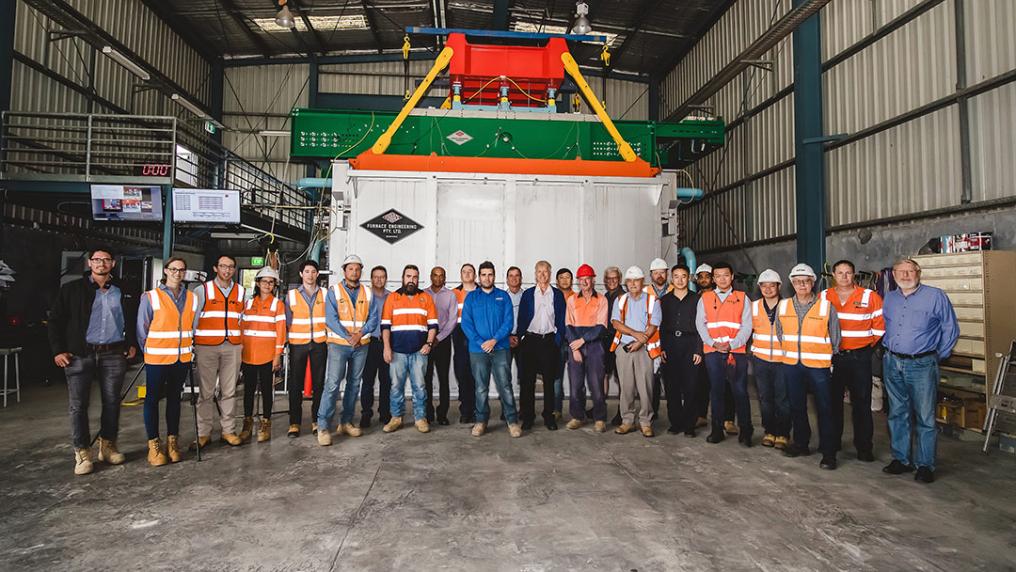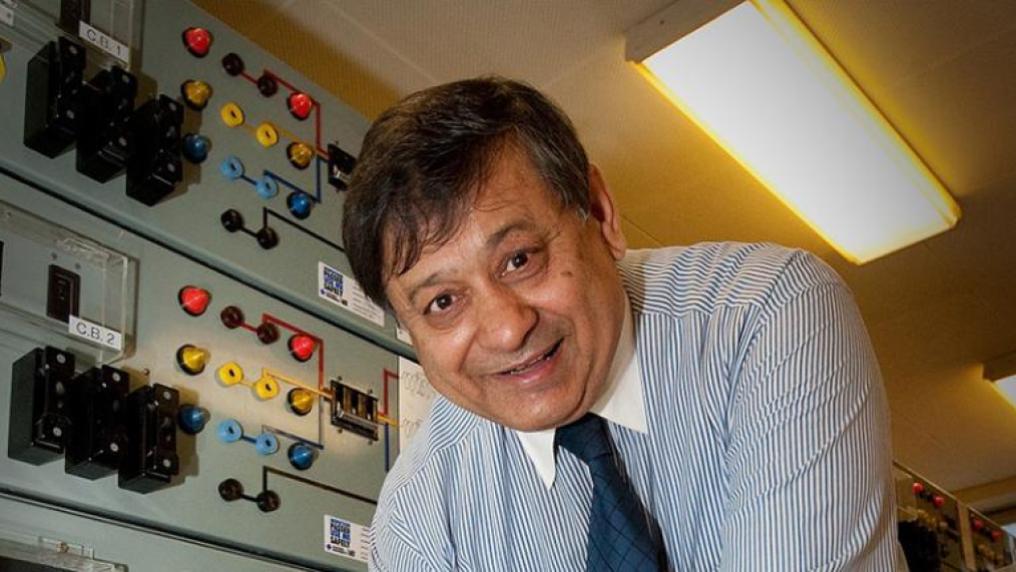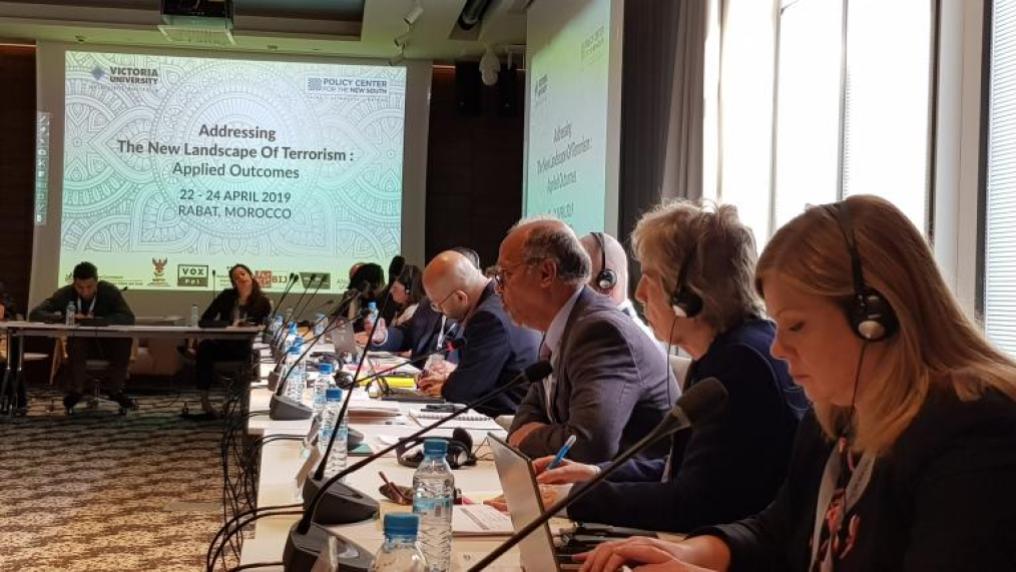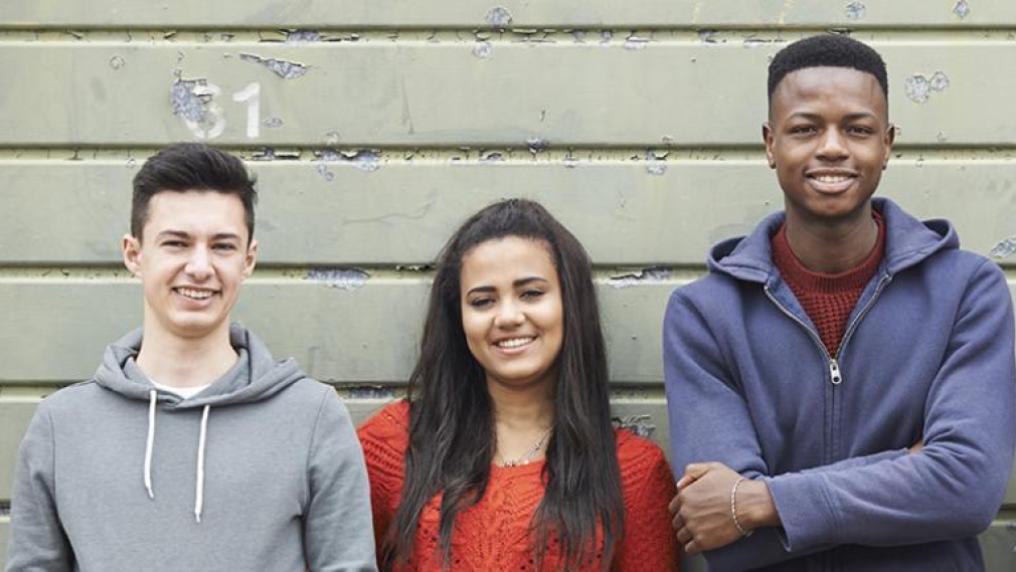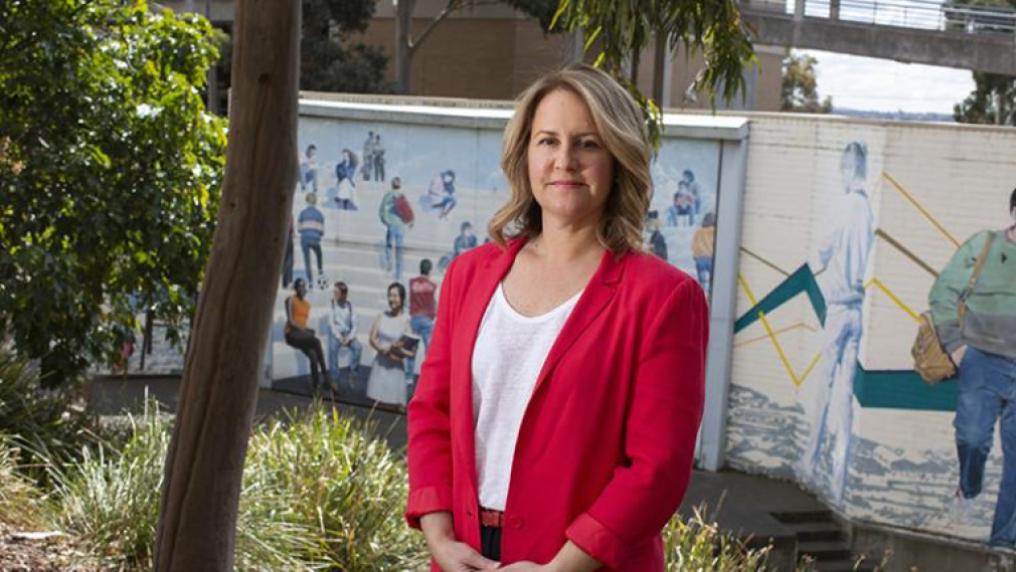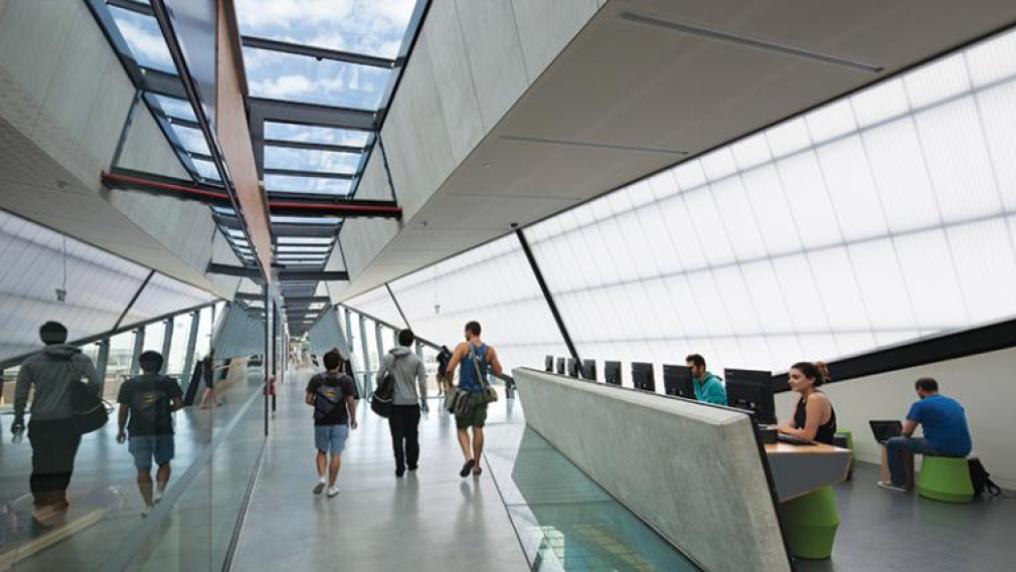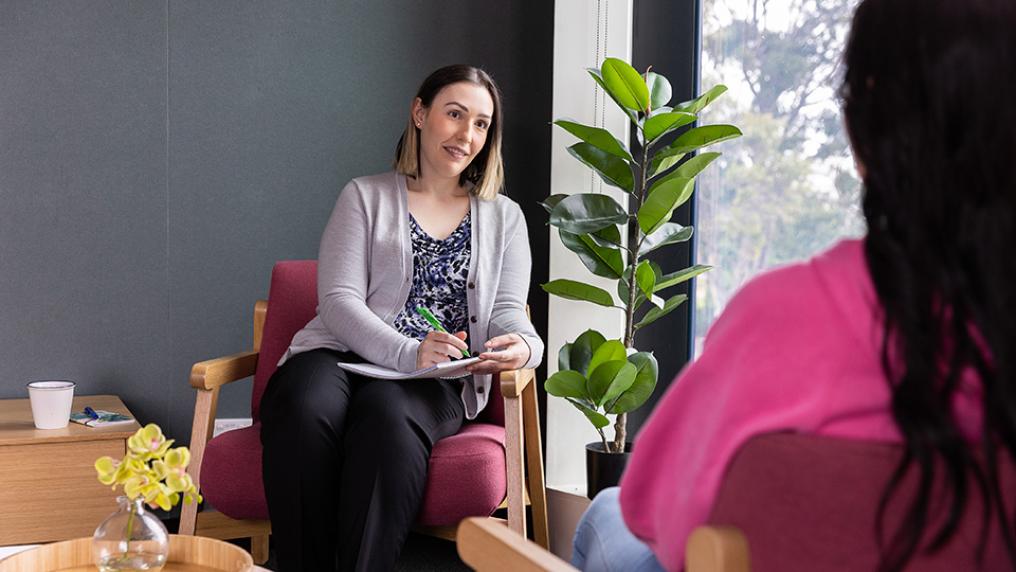Goal 11: Sustainable cities & communities
We are playing our part in achieving this goal through targeted research, industry collaborations and university initiatives.
Direct actions by the university include renewable energy agreements, water recycling and energy-efficient buildings.
Collaboration with community and industry partners brings into our research into sharper focus, with projects addressing sustainable packaging, water infrastructure and use of waste products in building materials.
Since 2015, the number of countries with national disaster risk reduction strategies has more than doubled. To achieve SDG 11, efforts must focus on strengthening capacities for planning for urban development, improving access to public transportation and enhancing waste management.
– United Nations
